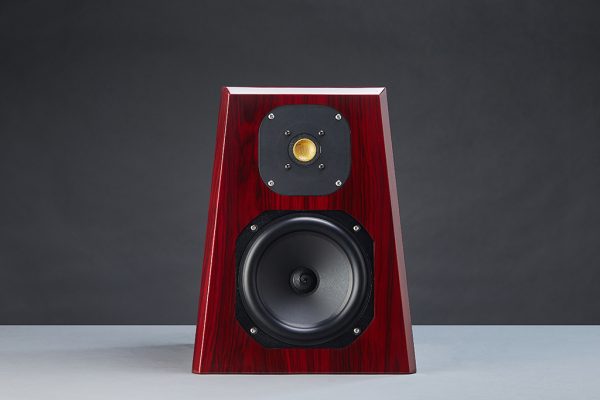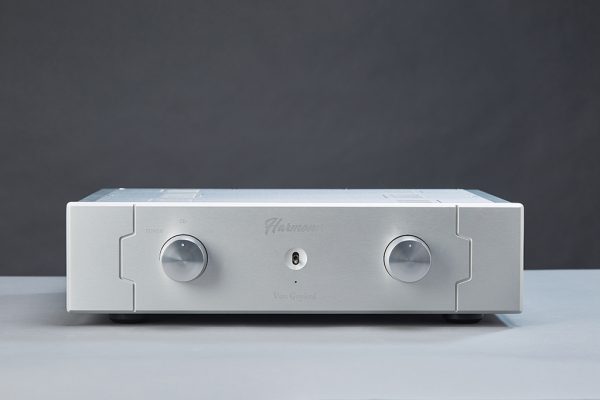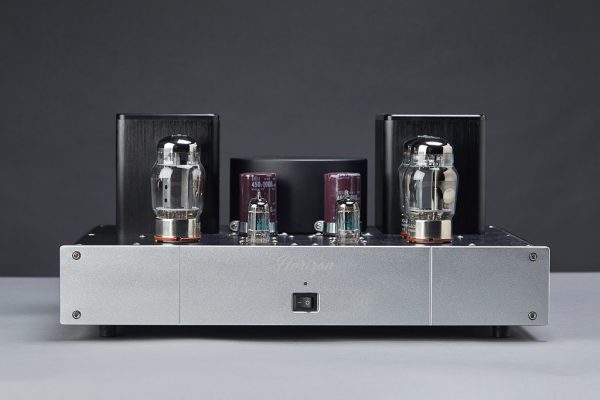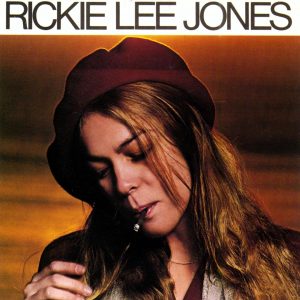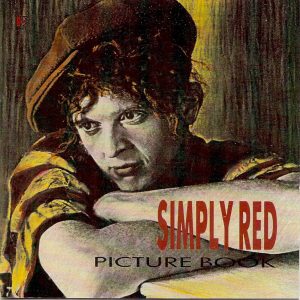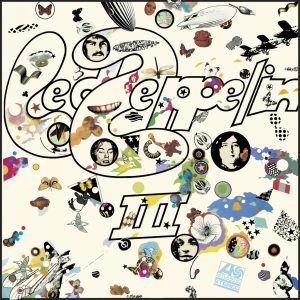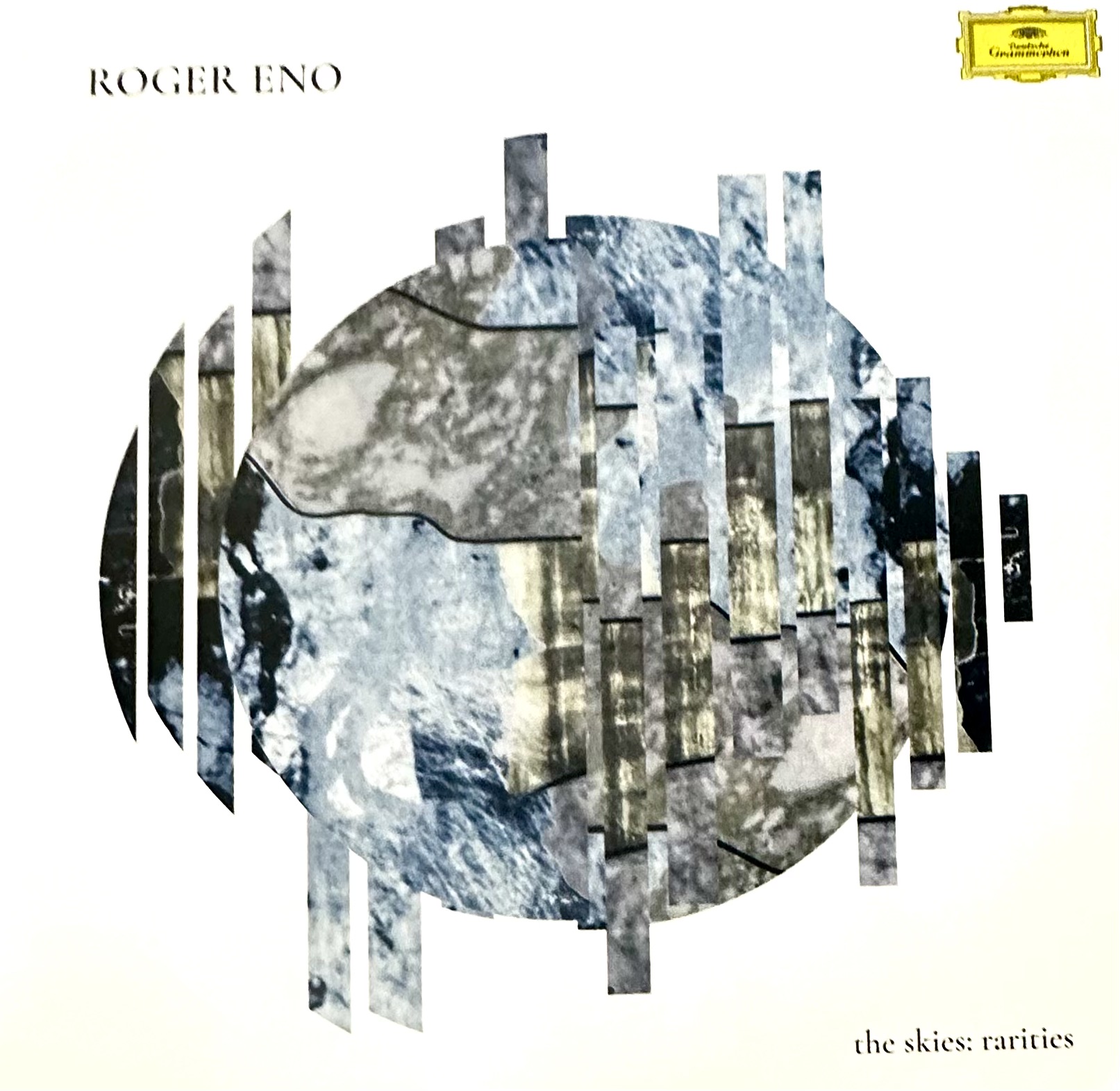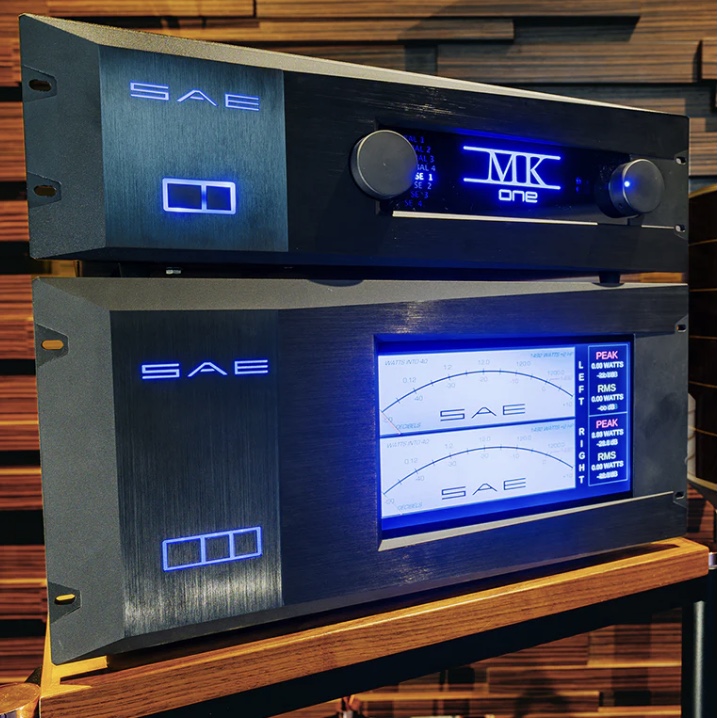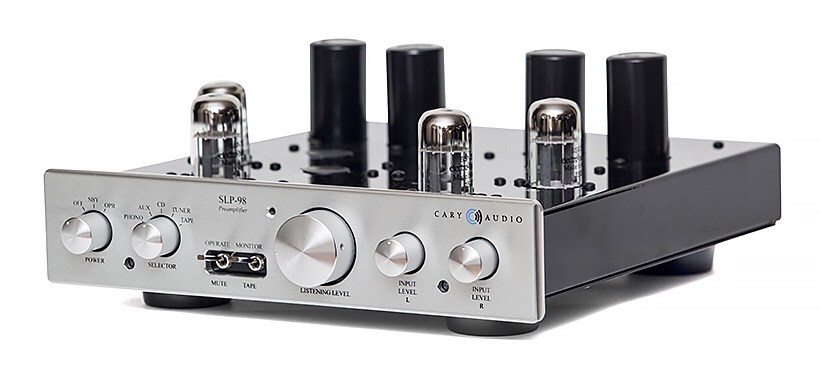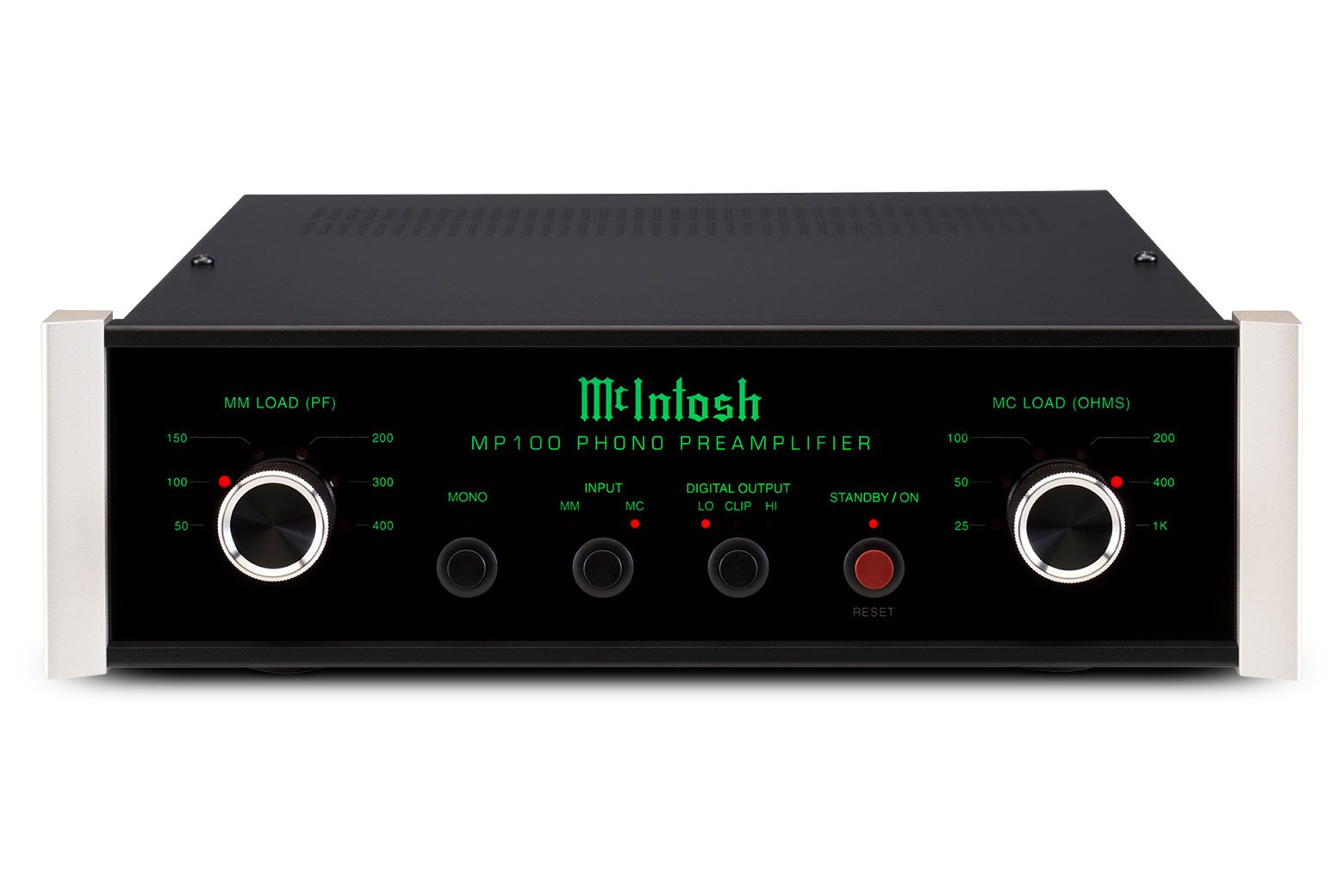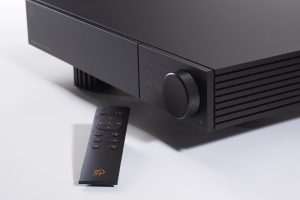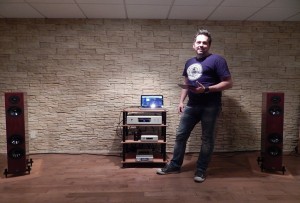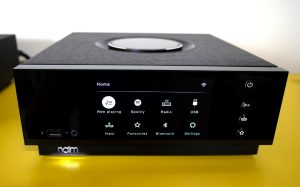Some 20 plus years ago, as a fledgling cub reporter for a local HiFi group, I was attending CES and the high-end show at the Alexis Park. That's when I had my first encounter with the Von Gaylord Legend speaker. I wandered into their room and waited for the next demo session. I took my seat and was staring at two trapezoidal boxes approximately 15" or so high with a slightly slanted baffle. No other speakers in the room. Just the two diminutive boxes. At the end of the demo I was stunned and almost speechless. I looked around the room to make sure there were no hidden speakers or subwoofers, as I just could not wrap my mind around how astonishing those speakers sounded. They were as articulate, focused, airy, and able to go deeper than any speaker that size should be able to plumb. (The only stand mounts I had heard able to do this was the Totem Mani Two and the Sonus Faber Extrema, both with either more drivers, or larger drivers, and both cabinets larger). They were solid all the way down to 28Hz I would imagine. That was it, just the two stand mount monitors. I left swearing I would come back again and listen more and try to buy the show samples. Alas, that did not happen, but I never forgot those speakers and the impression they left on me. I do also remember very distinctly thinking the name of the speaker was spot on.
Here we are in 2023, and I am staring once again at those boxes. This time they are in my listening room and they are accompanied by Von Gaylord's Horizon tube stereo amp and the matching Harmony preamp, along with a smattering of their Chinchilla cables. Von Gaylord asked me to review the ensemble as a whole, and that will certainly dictate the movement in how I view the components in this very promising system.
A little history is probably in order. "Who is Von Gaylord anyway?" The beginnings of Von Gaylord Audio date back to a brilliant boy with a passion for music. As a musician, Von yearned for a way to replicate the sound of a live performance. Like many audiophiles, he spent countless hours and money trying out different components, but none met his satisfaction. With an unwillingness to settle on the status quo, Von Gaylord leveraged his engineering skill of designing medical equipment devices and began designing his own power amplifiers and speakers in his spare time.
He designed audio components for a number of years before a chance encounter with Ray Leung. The two shared a lot in common, and would go on to form a longstanding friendship and business partnership. With Ray's vast audio knowledge and Von's engineering skills, they forged a small boutique audio company called Legend Audio Designs, later rebranded as Von Gaylord Audio. Von Gaylord Audio has been producing high-end audio equipment for over 25 years, and is recognized as one of very few high-end audio companies to produce all audio components from amplifiers, preamplifiers, digital converters, speakers, to cabling. As lifelong audio enthusiasts, Von Gaylord Audio works closely with audio engineers to put together the very best-sounding equipment, and continuously innovate on their designs. "We strive to have all of the musical elements of a great system: dynamics, warmth, transparency, liquidity, lifelike-imaging, sound staging, and most importantly, that audiophile intangible called 'musicality'."
Here is Von Gaylord's philosophical view of system integration:
"System synergy is a tricky affair. Further, it seems to vary in degrees with very few achieving toxic levels (systems that sounded so good, I broke out in a cold sweat). I've experienced this once or twice in my travels. I've always thought how dandy it would be if putting a system together was as easy as 1 2 3? Or, better yet—and according to one's budget—simply choose directly from a recommended components quarterly guide? But unfortunately, as I've experienced, as I am sure many of you too, there's much more to achieving sonic synergy between components than picking from some guide. It takes lots of time. Sometimes years. Not to mention the vast amount of energy and income! Here, dear readers, Von Gaylord Audio lets you take the guess work out of choosing components by offering an all-in-one synergistic approach: the complete system!"
I did listen specifically to each piece on their own merits. The good news is that each of the products on their own are exceptionally good. Each of the pieces could easily settle into any system and sound good. I dare say that for many people the pieces could bring an improvement to all but the ultra high-end systems.
The items sent for review are as follows:
- The Return of the Legend Speakers $4995
- The Harmony Tube Preamp $5000
- The Horizon Tube Stereo Amplifier $5500
- Chinchilla Series Cables - bi-wire speaker Cables, two pairs of interconnects, and power chords: Bi-wire speaker $2800, interconnect 1 meter $795, interconnect 1.5 meter $945, and power cord $750 (x2)
First, let's get specs out of the way, and then follow with some impressions as an integrated system.
Return of The Legend Loudspeakers
- 2-way speaker system
- 7 ¼ inch Kevlar woofer
- 1 ½ inverted dome Kevlar tweeter
- Ported design
- Time aligned driver orientation
- Bi-wire ready
- Gold plated binding posts
- Mahogany with a durable high gloss finish
- Frequency response: 28Hz to 25kHz + 3dB
- Sensitivity: 91dB
- Impedance: 4 to 8 ohms
- Power requirement: 35 to 400 watts
- Overall Dimensions: 11.25'' W x 15'' H x 13'' D
- Weight: 66 LB /pr.
- Stand Optional
Harmony Preamplifier
- Class A operation preamplifier
- Inputs for CD, TUNER, AUX
- Ported module design
- Premium internal Von Gaylord silver wire
- Frequency response: 10Hz to 85kHz
- S/N ratio: >102dB
- Input impedance: 1k ohms
- Input sensitivity: 120mV, 2V out, 30dB gain
- Dimensions: 17''w x 4.5''h x 13.5'''d
- Total Weight (single chassis): 45lbs
Horizon Stereo Tube Amplifier
- Dual mono left and right audio section
- Triode
- Hand soldiered point-to-point wiring
- Premium Von Gaylord silver wire
- Premium binding posts
- Music Power: 100 watts
- Load Impedance: 4, 8 ohms
- S/N ratio: 92dB
- Power consumption: 300VA
- Bandwidth: @ 40Watt 20Hz – 20kHz, @ 1Watt 10Hz – 25kHz
- Input Impedance: 500k ohms
- Sensitivity: 150mV, -14dB
- Power: 110 – 120 volts, 50 – 60Hz
- Power consumption: 300VA
- Dimension: 17'' width x 7.75'' height x 12''depth
- Weight: 50lbs
When the boxes arrived I immediately unboxed the speakers first. The reason was simple. While I was very excited to review the entire system I had a deep burning drive to hear the speakers to see if they were still as captivating and stunning as they were way back in the day when I first heard them. I set them up on top of my VS4 speaker bottoms. The bottom of the VR4s made a perfect stand for the speakers. I ran them as the speakers for my personal system for over a week getting them burned in solidly. The speakers are absolutely stunning in their high gloss deep mahogany finish. Bi-wire/bi-amped capable. Relatively small footprints that create monumental foot steps.
I then set up the rest of the system as a complete setup and listened primarily to the system as a whole. I left it just as I set it up for two months listening to the entire system. The only exception was that first week just with the speakers and the last few days listening to different combinations of the units in my reference system.
The overall fit and finish of all the items is as good as it gets. Cabinets of the amplifier and preamplifier are sleek and robust aluminum, and very simply laid out. Minimalism is the order of the day. German automobiles were always praised for their austere and logical layout done with exceptional attention to detail and to aesthetics that are still admired today. That same aesthetic design philosophy seems to live on daily at Von Gaylord.
The Horizon amplifier is a two channel tube affair with four matched 6550 tubes driving the output. This gives the amplifier 100-watts per channel. The 17'' width x 7.75'' height x 12''depth make it placement friendly. Keep in mind, it may be compact in stature, but the amp is a very robust 50lbs. As with any amplifier utilizing the KT-type tubes, it is going to provide the following things to the listener:
1. Reasonable power output, 50-300 watts.
2. Great bass that is fast, controlled, and very clear.
3. Smooth sound throughout the spectrum. Very sparkling highs, fast and impactful bass, and mids that are very smooth and well balanced. I have always loved amplifiers driven by these tubes.
I still have my original set of Quicksilver KT88 amplifiers running Sophia Electronics' blue bottle KT88s. The amp with those tubes comes dangerously close to having vocals on par with the mighty 300B. I found the Von Gaylord amp to share that same DNA and balanced sound. Every bit of music played through the Horizon sounded glorious. Great delivery of extended bass passages balanced by shimmering highs that were not harsh or overly rolled-off as sometimes can happen with certain tube amplifiers. The system was lightning fast. This is not always a hallmark of tube amplifiers, but the Horizon diverges in a great direction from that generality. The Horizon delivered very sweet vocals. Not quite on par with those pesky 300Bs, but awfully close—and when you consider the lower price of KT-type based amplifiers versus 300B base, plus the relatively long life of the KT-type tubes and much less expensive replacement costs compared to 845/300B combos, you can see the advantage. (For example, my Cary 805C amplifiers, which utilize a 6N7S pre-driver feeding to a 300B driver tube and an 845 output tube).
The Harmony Pre-amp is a tidy unit. No fussiness, just the volume knob and the function knob. It has a simple toggle on/off switch on the front panel. It is here that I have what may well be my only negative comment on this ensemble. There are only three inputs to be had, and zero tape monitoring option. I get very clearly that a person wanting a whole integrated and homologated setup will most likely only require three inputs.
For a senior reviewer, who is looking to downsize their gear, that is a deal breaker. I run two turntables (in a scaled-down version one table, but still two tonearms and two cartridges, so that is two inputs). My reel-to-reel takes another one, and—oh darn!—no place for my streamer (or CD if you are still using). One short. That and a fussy remote control were the only negative things I found in the system while living with it for an extended period of time. Other than that, the preamp is quick to warm up and very easy to set up. It's compact, with the aesthetics that nicely match the power amp. It ran whisper quiet with no audible hum or other tube noise. The only thing it seemed sensitive to was any LED lights plugged in anywhere near it. That never presents a problem, as those lights are always off during listening. It was clean, didn't seem to add any abnormal warmth and was very neutral in its delivery of the music.
The Cables
The Chinchilla cables were very robust and had lovely terminations that were thick and easy to connect and tighten down. Looking at the cables that were supplied, I was pleased with their overall performance, but I was also impressed by how well they performed compared to my XLO Signature 3 cables, and my recent addition of some Nordost speaker cables and two pairs of interconnects. For the money I can honestly say they performed up to the XLO Signature 3 levels, which were twice the money and didn't miss a bit in delivering a smooth, robust, and natural sound. I could tell no difference when I just substituted the cables in place of the XLOs in my system. The cost difference was quite noticeable in favor of the Chinchillas. And they say you cannot produce top notch products at a reasonable price if they are made in America. Well, I guess someone took exception to that statement, and Von Gaylord is going a long way to change that notion.
The Sound
Well, enough of the chatter about history and specs and time to discuss the sound of this little system. By my calculations this system would go for right about $21,000 and some change. That gives you a very symbiotic system sans front end. With a budget of $2000-3000 for a entry turntable, cartridge, phono stage, and another $2000 for a good streamer you are around $25-26,000 for a complete system. Twenty eight years ago I did a huge upgrade to my stereo system. I bought my Quicksilver KT88s, Golden Sound Tube Preamp with phono stage, a VPI 19JR upgraded to a MKIII, with a Sumiko Blue Point Evo cartridge, Parasound CD player, and Totem Mani-two speakers, all strung with Kimber Kable throughout. In today's money that system would be roughly the same as this Von Gaylord system and it was a wonderful system in the day but I began almost immediately upgrading to the point where I am now. (Wish I had kept those Totems).
I let the full system run for about a week and a half to two weeks making sure everything settled in.
The front end was comprised of my Tascam 32-B2 reel to reel, my Musical Surroundings Symphony TT with the Consonance ST600 12" tonearm mounted with the Hana Umami Red and a Lyra Delos, and also my Cocktail audio Streamer. I did have to disconnect the tape when I wanted to listen, but it wasn't horribly inconvenient.
I always like to start with a string of familiar tunes that occupy a 10.5" reel to reel on my Tascam. Right out the chute the system showed great promise even before any serious break in time. The sound was, on first impression, very balanced, with a impressive sound stage regarding depth, width, and individual player focus.
One of the albums I have resurrected lately is the self titled debut album by Rickie Lee Jones from 1979 (Warner Brothers BSK3296). It is easy sometimes to forget when you have an extensive library how good some of those older albums are, and it is fun to bring them out, dust them off (plus wet vac and then ultrasonically clean them), and take them for a spin. Such is the case with this album. Everyone knows "Chuck E's In Love," but there were much better overall songs on the album—and honestly, there isn't a single bad track on the album.
The track "Company" is a great example. It is a more restrained and melancholy tune. It really showcases the inherent snootiness of her delivery. With this track what stood out to me most with the Von Gaylord Audio system is that even at lower listening levels most of the dynamics were right there, albeit more restrained. The detail and soundstaging were consistent at every volume level. The more I pushed the volume the more the record came alive and the system delivered every single nugget it had.
At a normal, HiFi aficionado level, the details really came into much sharper focus. I have never met RLJ, but it is clear she was, and perhaps still is, a heavy smoker. Her voice is incredibly distinctive, and part of it is the slight rasp that comes with years of tobacco inhaling. It isn't anything offensive or even remotely off-putting; it just makes her more distinctive. I think she has a lovely voice, especially in musical passages that can be very liquid on slower more intimate tracks like "Company" mentioned above. That certainly came through in huge degrees when listening to the album. The amplification is exceptionally clean, and the depths that these smallish monitors plumb is truly astonishing (more about how much so at the end), and delivered much bigger and deeper sound than the price and physical size of the components would suggest. That is is the very first thing I noticed when thinking about my old, yet comparable system from the 90's. While my system was great in the day and time, the improvements in technology that have taken place over the last 30 years are quite evident, especially with the speaker technology now.
On the album My Foolish Heart the Eddie Higgins Quartet featuring Scott Hamilton (Venus Records - VHJD-232, Japanese Import), the title track is a great example of intimate, smoky jazz club recordings. It sets you front and center in the club. The delivery is exceptionally balanced and the soundstage was both pinpoint as to each player's position, but it was equally represented in depth and height, and certainly projected far past the speakers.
I don't need to say too much about the total disappearing act of the Legends. "Astonishing" is a descriptor over-used generally (even by yours truly, no doubt), but here it is almost an understatement. The detail was just ethereal. If you love incredible detail this system will give it you. The clack of the keys on the saxophone and every breath taken by Scott Hamilton is front and center. Personally I could have done with a bit less of that detail, but it is true to the live nature of performance. It was just stunning, as each performer is right in the mix and there's little of any overrun from each performer over another. I listened multiple times to this and another Higgins' album and never got any listening fatigue; I always seemed to find other little nuggets along the way.
In getting into some more raucous music I turned to the Al Di Meola album Orange and Blue (EAR Music 168584). Definitely my favorite Al Di Meola album! The particular track "Cyprus" starts off gently with Peter Erskine's drums and Marc Johnson's bass; after a couple of bars we get Mario Parmesan's keyboards providing wonderful intro beats, and moves into a more aggressive dance that comes with Al's guitar. There is plenty of slam coming from the drums, especially Erskine's snare drum hits and the ride cymbal which sizzles nicely and has a wonderful live decay to it. It's not overly booming; it just hits you in the gut. Sharply! Al's guitar lilts over the rest of the band in swells. Di Meola is perhaps one of a spate of current guitarists who can be called revolutionary, and he has only matured since hitting the scene in the 70s with Elegant Gypsy. He is less prone to the light-speed pyrotechnics of earlier endeavors. He has certainly grown over the years as a writer and a player. This is one of the best tunes, in my humble opinion, that he has written and performed. If you don't own this album you should definitely check it out. The Von Gaylord system delivered it as well as I have heard in any system south of $150,000.
Simply Red's Picture Book album (Electra 9 60452-1) features Mick Hucknall (Red, obviously a shout out to his natural red hair), who is a very gifted singer. Soul is soul no matter what hair or skin color you have, and Mick has it in abundance. This album has a wonderful group of musicians and they really push a seriously hot groove. The fourth track, "Heaven," is a prime example of that soulful voice that digs deep into your heart and just moves you to a very spiritual place with his soaring crescendos and tonal excellence. Ironically "Heaven" is not about the eternal hereafter, but rather his favorite bar, making it all the more entertaining. The system delivered all of the emotion, in a rather up close and personal way. The delivery of the musical track was exceptionally well performed, with each musician adding their skilled in measures to allow Mick to step out and deliver a smooth—yet roller coaster—ride on his vocals. Nowhere did the system let the music down. Crystal clear highs, sharp drum hits, the high hat hits were brassy but not edgy or irritating, and the bass was thumping along nicely with great musicality that never gets lost in over production. Those two drive the song and the piano adds a beautiful melody line. Add in Mick's vocals and you just lilt off into that ethereal heaven.
Another of my favorite songs to use for reviews is "That's the Way" from Led Zeppelin's third album (Atlantic SD 19128), which was recorded in 1970 on Atlantic Record's label. There have been some amazing reissues over the years that certainly exceed the quality of the original. The album was a significant departure from the heavy metal focus of their first two efforts. It is a song concerning troubled and forbidden relationships. It is also a wonderfully sweet acoustic song with plenty of Jimmy Page's wonderfully layered guitars, and John Paul Jones' marvelous mandolin playing and subtle Moog synthesizer licks, and his very musical bass playing really underscore the restrained vocals from Plant. The mandolin playing really seems to take front and center in the instrumental performance. It comes through just slightly elevated above the other instruments in very resolving systems and a bit less so in lesser systems. The Von Gaylord system captured and fully reproduced that subtle issue. I thoroughly enjoyed what I was hearing.
Conclusion
As an overall system it is clear that the dedication by Von Gaylord to create an integrated tube audio system is a definite success. I cannot see anyone other than the ultra elite of our hobby not being happy with the system long-term, especially at the price points of the components. Plenty of oomph, smooth and balanced delivery, serious soundstage front, back, side to side, and height as good as I have heard under a $70,000 to $100,000 system.
Remember earlier when I said I had more to say about those speakers? Well here we go. First a little background. I am less than a year away now from being 70. Handling big and heavy items becomes more difficult with age and having a 4000 sq. ft. house with a large dedicated 600 sq. ft. listening room with 23 ft. ceilings for two people makes it imperative to think about downsizing. I have made two purchases towards that goal thus far and these speakers are the second of those items. The Return of the Legend is now my reference speaker. Unlike my beautiful and amazing Von Schweikerts, they do not weigh 165 lbs each. They handle the frequency spectrum at about 97% of the VS speakers. And they will be easier to move, and take up far less space when we do move.
As stated early on regarding their mission and what they strive to provide, is "all of the musical elements of a great system: dynamics, warmth, transparency, liquidity, lifelike-imaging, sound staging and most importantly, that audiophile intangible called 'musicality'."
I can honestly say that I think that they have not only hit that target: they have obliterated it. Quite a feat to pull off in my book.
My last bit of advice is this, if any of these components fit in your vision of a system check, and the price point is where you are looking, then check this Von Gaylord system out soon, before they figure out they are under priced.
Von Gaylord Audio
1050 Riverside Parkway Suite 100
West Sacramento, CA 95605
415.328.9572




